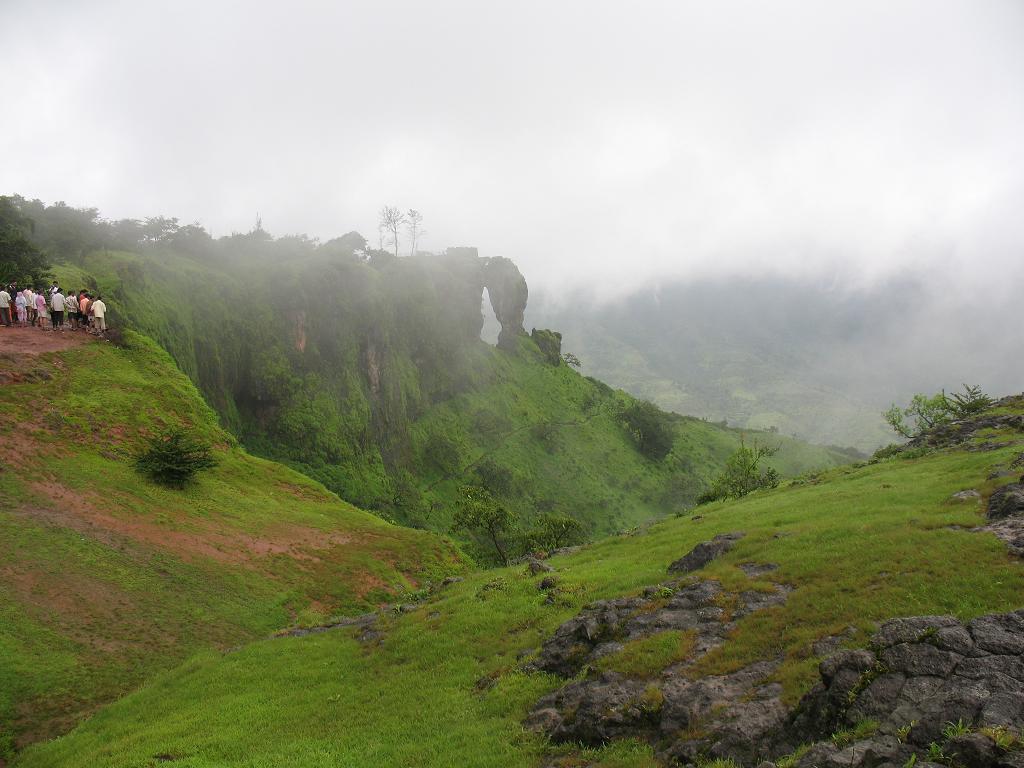Indian Rupee is not having any symbol, it is just denoted by Rupees or Rs. in short. So the Indian government has decided to give the Indian currency a symbol to get it recognized globally. All the major economies of the world are already having some symbols to represent their currency.
For this, Indian government invited designs from all over the country and has received around 2,500 designs. Now a committee headed by a Reserve Bank Of India (RBI) top official will meet to short-list some entries and designs.
The Finance Ministry has asked that the selected symbol should represent the historical and cultural ethos of traditional India. The symbol should also be applicable to a standard computer keyboard. Currently, it is in the evaluation phase, so it will take some time to finalize the symbol. But soon Indian currency will have a symbol helping it to achieve a global status and representation.
A committee headed by a Reserve Bank Of India (RBI) shortlisted five symbols and now on 15th July 2010, Union Cabinet has declared the final symbol for Indian Rupee. This new symbol is a perfect blend of modernity and Indian culture.
Find articles related with everything, like life, innovations, articles related with investments and some technical articles too.
Thursday, August 27, 2009
Wednesday, August 19, 2009
How to Prevent H1N1 Swine Flu
Swine Flu has spread all over world and there is no vaccine available as of now. So we can only prevent us from getting infected with H1N1 virus. There are several ways and precautions that we can do to stay away from this deadly virus. Many persons especially kids have died due to this virus. Many persons are advised to use face masks and N95 respirators as a tool for general protection against H1N1.
Most N95 respirators are designed to filter 95% particulates of 0.3µ, while the size of H1N1 virus is about 0.1µ. Hence, dependence on N95 to protect against H1N1 is like protecting against rain with an umbrella made of mosquito net. 'Tamiflu' does not kill but prevents H1N1 from further proliferation till the virus limits itself in about 1-2 weeks (natural cycle of viruses). H1N1, like other 'Influenza A viruses', only infects the upper respiratory tract and proliferates there. The only portals of entry are the nostrils and mouth/throat. In a global epidemic of this nature, it's almost impossible not coming into contact with H1N1 in spite of all precautions.
Please realize that this is not an official advice, especially the one about face masks or N95. This is just an advice from a doctor working in AIMS, India.
Below are some of the tips to prevent H1N1 Swine Flu:
Most N95 respirators are designed to filter 95% particulates of 0.3µ, while the size of H1N1 virus is about 0.1µ. Hence, dependence on N95 to protect against H1N1 is like protecting against rain with an umbrella made of mosquito net. 'Tamiflu' does not kill but prevents H1N1 from further proliferation till the virus limits itself in about 1-2 weeks (natural cycle of viruses). H1N1, like other 'Influenza A viruses', only infects the upper respiratory tract and proliferates there. The only portals of entry are the nostrils and mouth/throat. In a global epidemic of this nature, it's almost impossible not coming into contact with H1N1 in spite of all precautions.
Please realize that this is not an official advice, especially the one about face masks or N95. This is just an advice from a doctor working in AIMS, India.
Below are some of the tips to prevent H1N1 Swine Flu:
- Wash you hands frequently.
- Try not to touch your face often, resist all temptations to touch any part of face unless you want to eat or bathe.
- Gargle twice a day with warm salt water (use Listerine if you don't trust salt). H1N1 takes 2-3 days after initial infection in the throat/nasal cavity to proliferate and show characteristic symptoms. Simple gargling prevents proliferation. In a way, gargling with salt water has the same effect on a healthy individual that Tamiflu has on an infected one.
- Clean your nostrils at least once every day with warm salt water. Blowing the nose hard once a day and swabbing both nostrils with cotton buds dipped in warm salt water is very effective in bringing down viral population.
- Boost your natural immunity with foods that are rich in Vitamin C.
- Drink as much of warm liquids or water as you can. Drinking warm liquids has the same effect as gargling, but in the reverse direction. They wash off proliferating viruses from the throat into the stomach where they cannot survive, proliferate or do any harm.
Tuesday, August 18, 2009
Mahabaleshwar - Honeymoon spot

Mahabaleshwar, a hill station in the state of Maharashtra, India is a famous tourist place for its natural beauty and greenery. This is a perfect honeymoon spot for the newly-wed couples and a good place for nature-lovers. It is located around 175 miles away from Mumbai.
Mahabaleshwar is famous for its 'strawberries', and if you want to enjoy its real taste, you can also visit strawberry farms. So whenever you are planning to visit Mumbai, or planning for a green-trip, add Mahabaleshwar as an option for you.
Click here to get more information and pictures of beautiful Mahabaleswar.
Subscribe to:
Posts (Atom)
